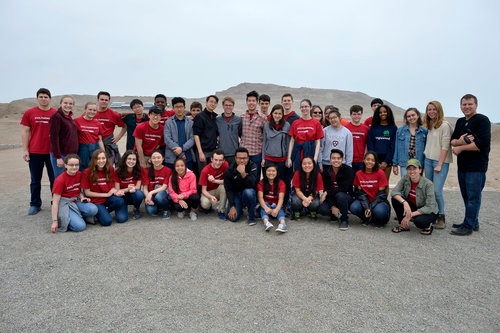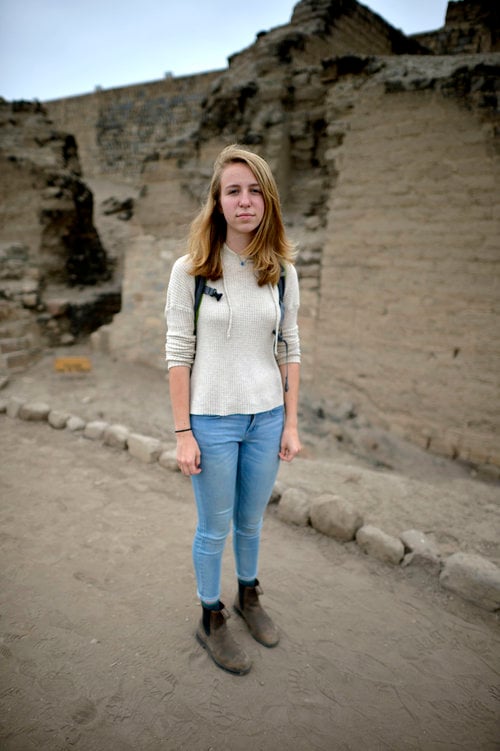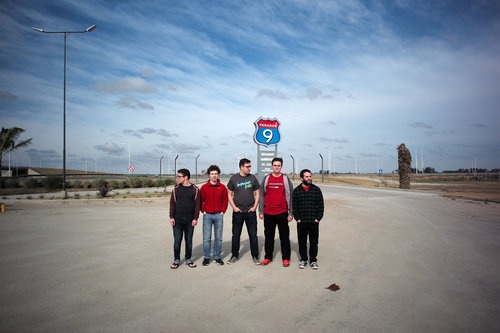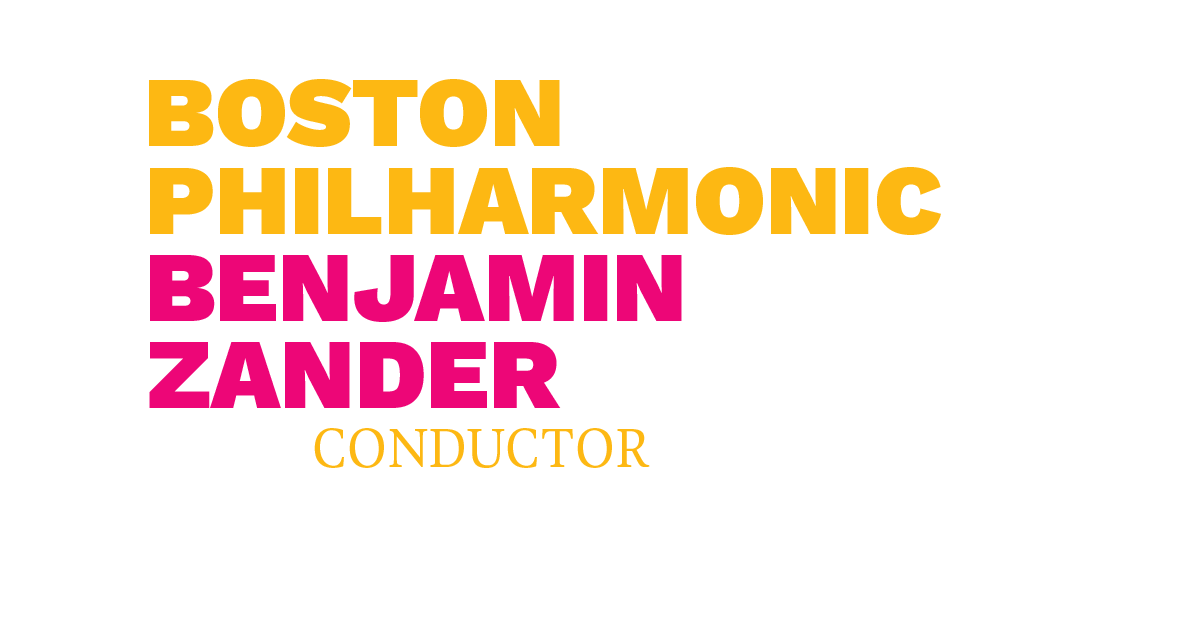2017 South American Tour
 Photo Credit: Paul Marotta
Photo Credit: Paul Marotta
Lima, Peru - The BPYO mostly experienced Lima through bus windows and most of the shopping for Peruvian souvenirs took place in airport stores. Several musicians mentioned they would have liked to eat real Peruvian food instead of Chinese takeout. But Chinese takeout is now a major contributor to the Peruvian diet – there is a very substantial population of Chinese in Peru that has been in place for a very long time and Chinese cooking is now a popular sector of Peruvian cuisine. The Wa Lok restaurant was the site of a merrily rowdy dinner and it also delivered takeout for three lunches; the gracious owner of the restaurant took a bow at the dinner and received a big hand.
The one Peruvian experience on the schedule was a trip to the ruins at Pachacamac and it was wonderful. Situated about 40 miles to the south of the city of Lima, Pachacamac stood for centuries a point of pilgrimage for people from all over South America. It was a complex of temples and burial grounds – a vast necropolis now buried under tall hills of dun-colored sand and silt that overlook rocky outcrops in the Pacific Ocean.
The excursion was on Father’s Day, which necessitated leaving the Pan-American highway and adopting interesting roads less travelled. A major cemetery stands between Lima Center and Pachacamac and the traffic jams around the cemetery would have added 90 minutes to the trip.
 Photo Credit: Paul Marotta
Photo Credit: Paul Marotta
So we passed by oil refineries and some of the many shanty-towns that came into being during the economic, political and terrorist crises of the late 20th century. These makeshift homes have become permanent and now many of them have electricity and clean water and they have been painted in vivid contrasting colors that create a collage. Evidence of great wealth stands along evidence of extreme poverty in the same way that the majesty and stability of the Pacific Ocean ripples along steep hills of shifting sands.
Excavation of Pachacamac began as far back as 1903 and continues today to the extent that financing permits – it doesn’t look as if more than 10 percent of the huge site has been excavated. There is a small but excellent museum that presents the pre-history and history of Pachacamac, and there are exhibits of pottery, household and agricultural items, textile, jewelry, and huge ceremonial vessels. It is profoundly moving to see how strong, substantial and enduring the human yearning and need for beauty and artistic expression is. If you are going to make something – a bowl, a spoon, a belt, even an idol – you are also going to decorate it and make beautiful. There are also models to show what the site must have looked like, and it would have looked very different indeed . The ancients had developed elaborate irrigation systems and ponds to support planting and animal life as well as human families.
The excavations have not found much that is complete – time, nature, storms, fires, looting and vandalism have destroyed much; nature destroys as well as creates, and the same is true of mankind which, unlike nature, is willful. But the monochrome dusty bleakness of the site is in its unusual way completely compelling. As you mount steep stone steps and winding but ever-ascending paths towards the Inca-era Temple of the Sun, the views widen and you can see circling below the limitless stretch of the Pacific, and the crazy-quilt contrasts of contemporary Peru – expensive villas at the sea, commercial buildings, the highway, filling stations, the shanty town where workers at the site live, and on a lush carefully-maintained green incongruously set against the surrounding mountains of sand a festive polo ground. In fact a game was in progress and you could see the horses prance. Nearby there was a structure that looked like a bullring, although we were told it was built for shows of Arabian horses.
 Photo Credit: Paul Marotta
Photo Credit: Paul Marotta
The temple area was a place for solemn thoughts about what endures, and what does not; thoughts about the brevity and impermanence of human life. Below, buried lay countless mummified shells of human lives. For thousands of years pilgrims came here to bury their dead and remember them – just as crowds just a few miles below and down the road were gathering at a cemetery, honoring and adorning graves with huge floral garlands. Human nature doesn’t change. The feelings and aspirations of humankind remain permanent although the specific achievements of any period or place will inevitably turn, in time, to dust.
This is in Peru, but countless visitors here must have thought of Shelley’s poem “Ozymandias” as I did. In that poem a traveler in an ancient land (Egypt? Persia?) arrives at the toppled statue of a long-toppled tyrant – I thought of Pizarro’s statue here in Peru.
And on the pedestal these words appear:
‘My name is Ozymandias, king of kings:
Look on my works, ye Mighty, and despair!’
Nothing beside remains. Round the decay
Of that colossal wreck, boundless and bare
The lone and level sands stretch far away.






